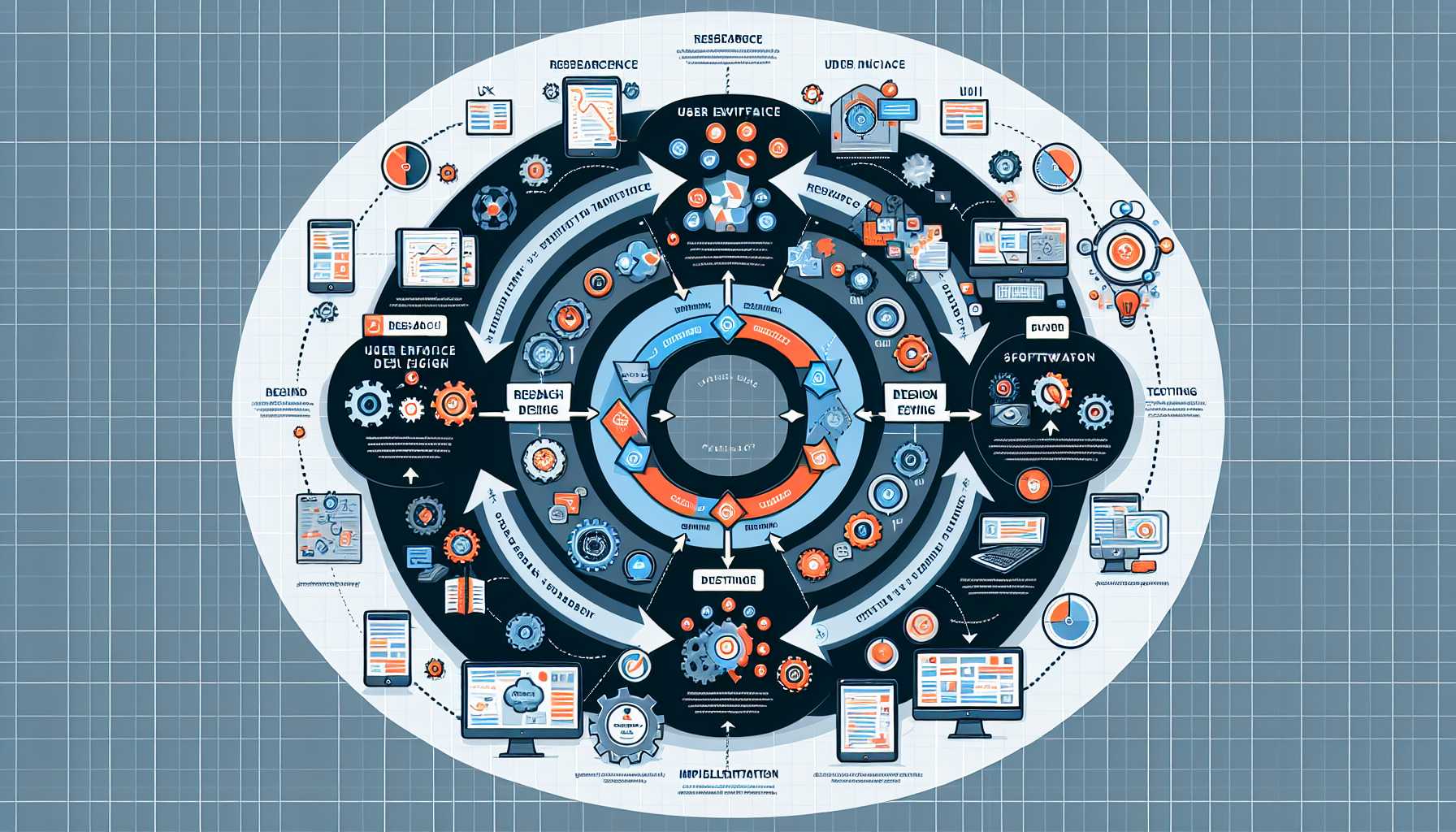Hello to all my fellow Product Managers in the tech industry! If there’s one thing that I’ve learned through my tenure, it’s that the magic of creating successful products often lies in the subtle alignment of UX/UI design with software development practices. Achieving this harmony is no small feat, but I’ll share with you some of the strategies that have worked for me in the trenches.

Understanding the Interplay Between UX/UI and Development
Fostering a mutual understanding between designers and developers is the bedrock of successful product development. I’ve witnessed countless projects where this alignment—or the lack thereof—has made or broken the end product.
Integrated Teams: Creating cross-functional teams has been a game-changer. I once led a product where the designers and developers shared the same workspace. The result? A product that not only looked fantastic but also performed seamlessly.
Shared Visions: Ensuring everyone is bought-in to the product vision can transcend any technical or creative barriers. We’ve had ‘Vision Alignment Workshops’ that made a palpable difference in interdisciplinary empathy and understanding.
Incorporating Design in Agile Workflows
Agile development doesn’t always leave room for the kind of iterative design that UX/UI often requires. But integrating design into the Agile workflow is crucial.
Design Sprints: Implementing design sprints within Agile sprints ensured continual iteration and indeed helped to avoid significant rework in the later stages of the development cycle. At least, that was our sweet spot in one of the complex products under my belt.
Continuous Integration: Promoting a CI/CD (Continuous Integration/Continuous Deployment) environment that includes UX/UI elements has reinforced regular feedback loops, allowing for rapid adjustments that align with user needs.
Matching User Stories With Design Specifications
Well-crafted user stories can be the critical link between UX/UI design and development. Including acceptance criteria that cover both functionality and user experience ensures both aspects are validated in unison.
User Story Review: I encourage a combined review of user stories by both design and development teams. I recall a project where this practice highlighted discrepancies in the understanding of a feature, leading to a collaborative solution.
Design Handoffs: Using tools like Zeplin or Figma for design handoffs allows developers to access design specifications directly. I’ve seen this result in a more efficient and less error-prone implementation of the UI.
Leveraging Prototyping and User Testing
Effective prototypes that are tested with real users can help align product development with actual user expectations.
Iterative Prototyping: We often use interactive prototypes that evolve through several iterations based on user feedback. This resulted in designs that developers could confidently implement knowing that the solution met user needs.
User Testing Participation: I’ve encouraged developers to observe or participate in user testing sessions, which has led to a stronger appreciation for UX/UI considerations and often led to spontaneous, effective technical suggestions for design improvement.
Bridging Communication Gaps
Communication is vital. Terminologies and processes can be vastly different between design and development, but finding common ground is key.
Glossaries: Establishing a common glossary of terms can bridge the lexical gap. This approach avoided confusion in a multi-disciplinary product team I once managed.
Regular Sync-Up Meetings: Holding regular sync-up meetings can prevent silos. Structured discussions around design and development topics can uncover bottlenecks early on. Believe me, I’ve seen it happen!
Adopting User-Centered Design Principles
Finally, adopting user-centered design principles propels the creation of products that resonate with users and are feasible to develop.
Empathy Mapping: Engaging the full team in empathy mapping sessions aids in anchoring decisions to the user’s perspective. It also democratises the design process, empowering developers to suggest UX/UI enhancements. A tactic that resulted in a notable increase in user satisfaction for one of our flagship products.
If there’s one piece of advice I can impart, it’s this: never stop seeking the sweet spot where beautiful design meets robust development. When you find it, you’ll know – your users will tell you with their engagement and loyalty.
Stay creative, stay technical, stay ahead!
